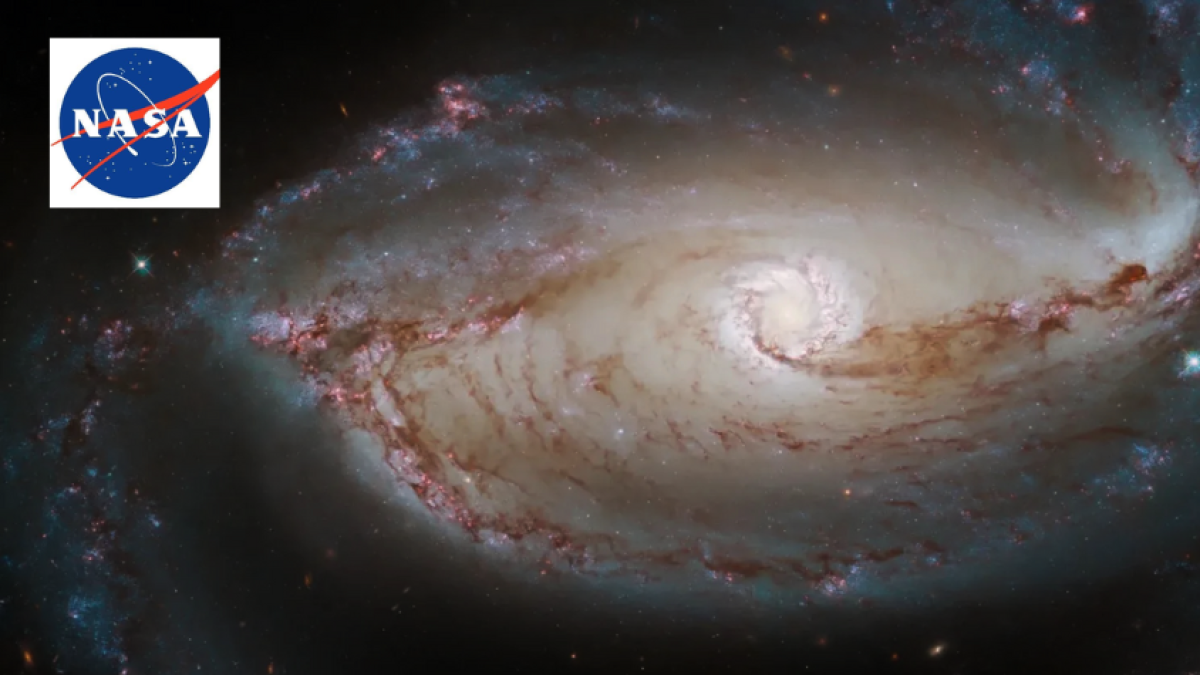LA National Aeronautics and Space Administration (NASA) He went a step further by sharing the sounds of the vast cosmos, including the enigmatic cosmic “Hand of God,” along with other surprising auditions from space.
The space agency converted data from various celestial objects into fascinating and never-before-heard sounds.
This process began in 2023 with the manifestation of a cosmic “hand of God” image named MSH 11-52, a cloud of energetic particles that erupted into space.
Most recently, on February 28, 2024, NASA took this discovery a step further Translate the image of this strange cosmic creation into sound, thanks to the Sonification program.
This task involves converting data from the universe into sounds. This data is captured by telescopes in the form of digital signals and usually converted into images.
This initiative seeks to make cosmic data accessible to all people, Including people with visual impairments.
Liz Landau of NASA's Astrophysics Division Multimedia Team said: “Sonifications add a new dimension to stunning images from space, making them accessible to the blind and low-vision community for the first time.”
Sonification of 'Hand of God'
It involves using data from the Chandra X-ray Observatory, translated into string sounds, with acoustic contributions from the IXPE telescope (wind sounds) and ground-based astronomical instruments (synthesizer sounds).
Other sounds in space
Apart from 'Hand of God', NASA shared two equally impressive sonifications. One of them is the spiral galaxy M74, whose information was compiled from data from the Chandra X-ray Observatory and the James Webb Telescope.
This audio has crystal clear sounds and low, mid and high frequency ranges.
Another highlight is the sonification of IC 443, a supernova remnant known as the 'Jellyfish Nebula'.
The process combined data from the Chandra X-ray Observatory, Germany's ROSAT mission, and the Large Array Observatory, along with optical data from the Digital Sky Survey.
More news
*This content was rewritten with the help of artificial intelligence based on information from 'Galileo Magazine' and reviewed by the journalist and editor.

